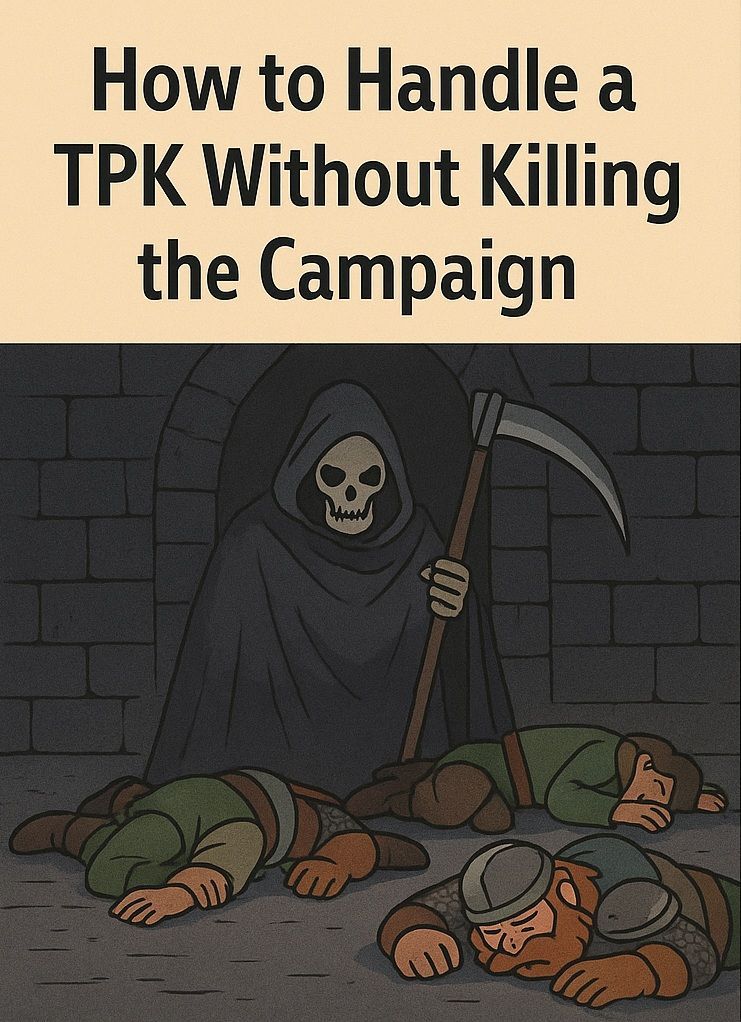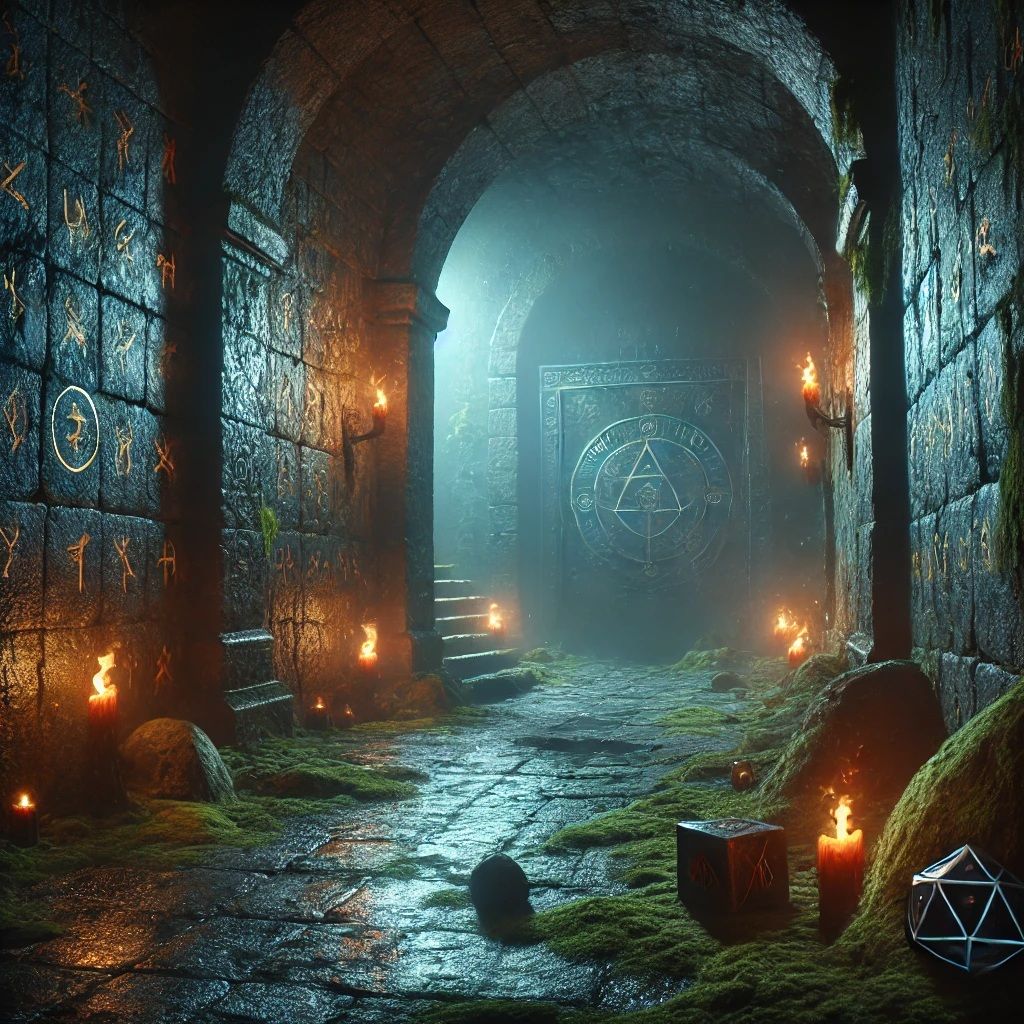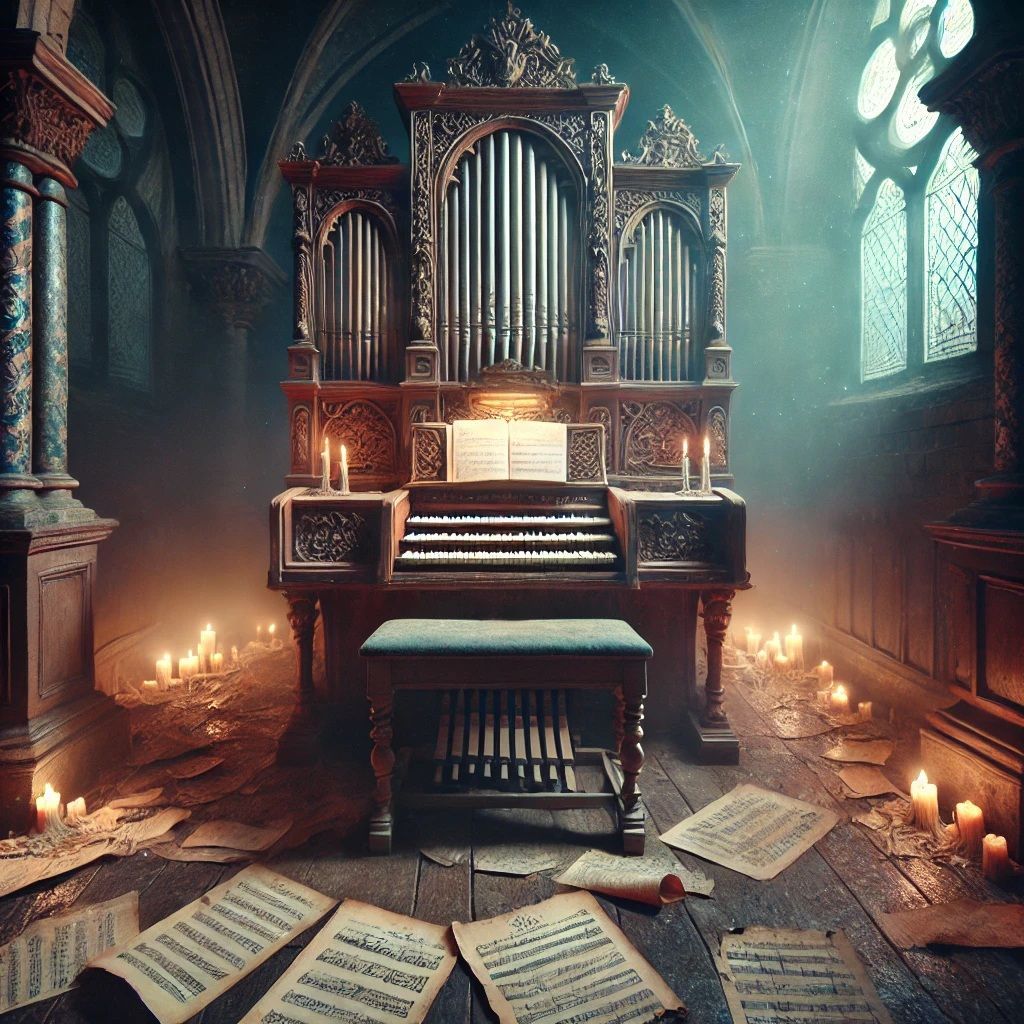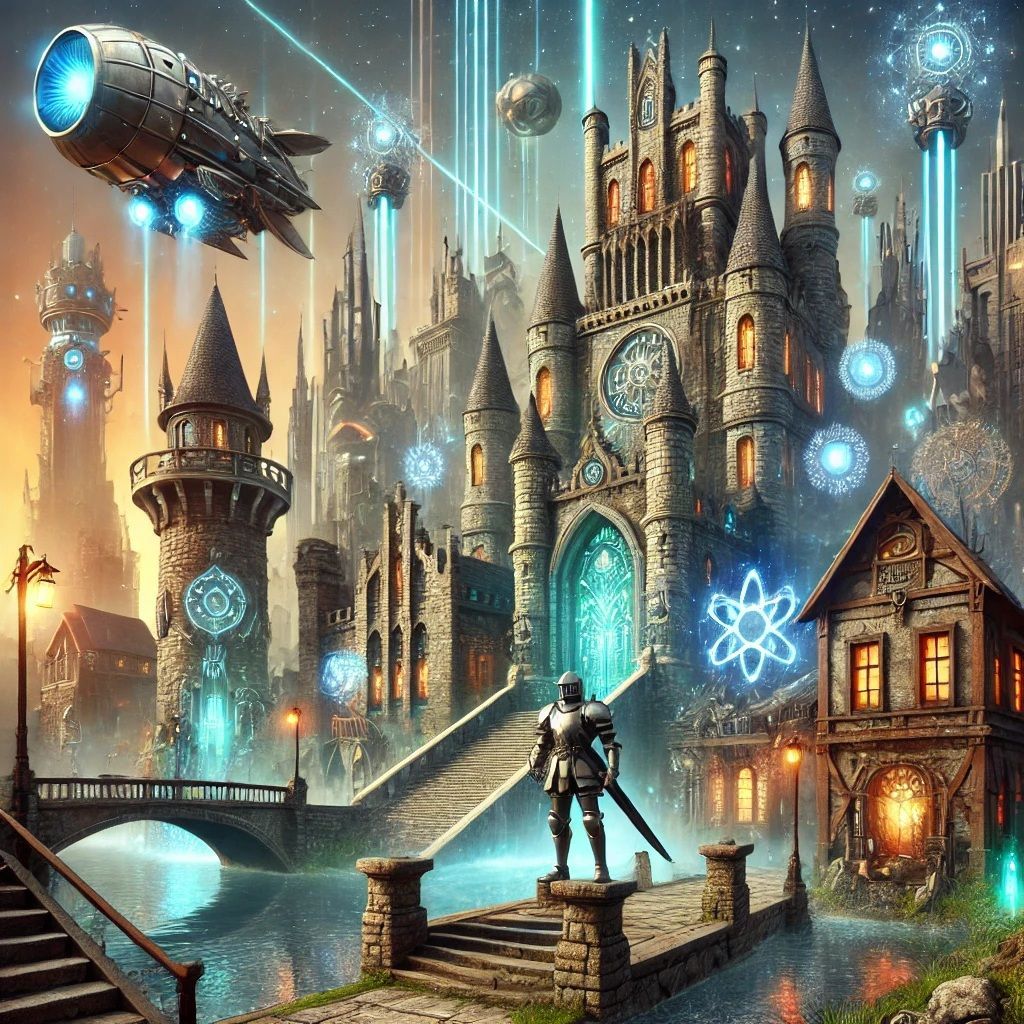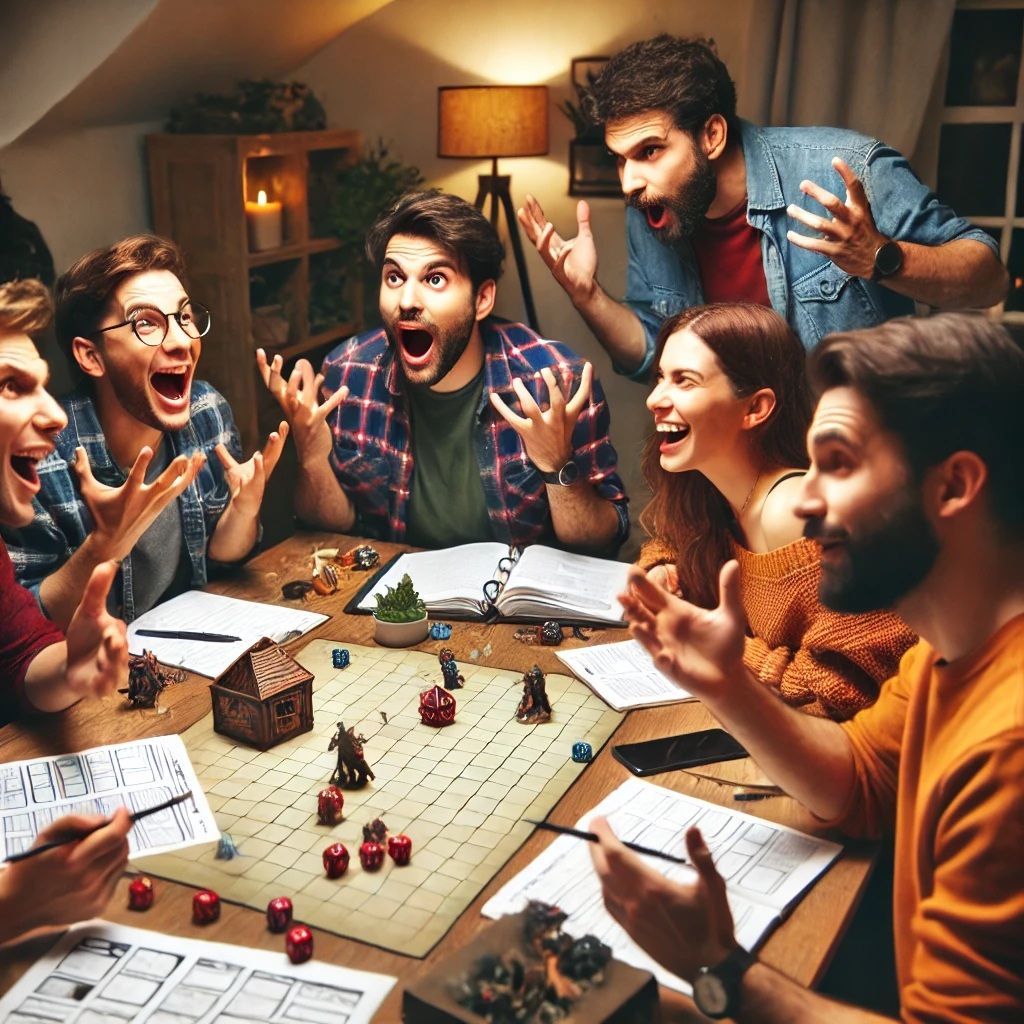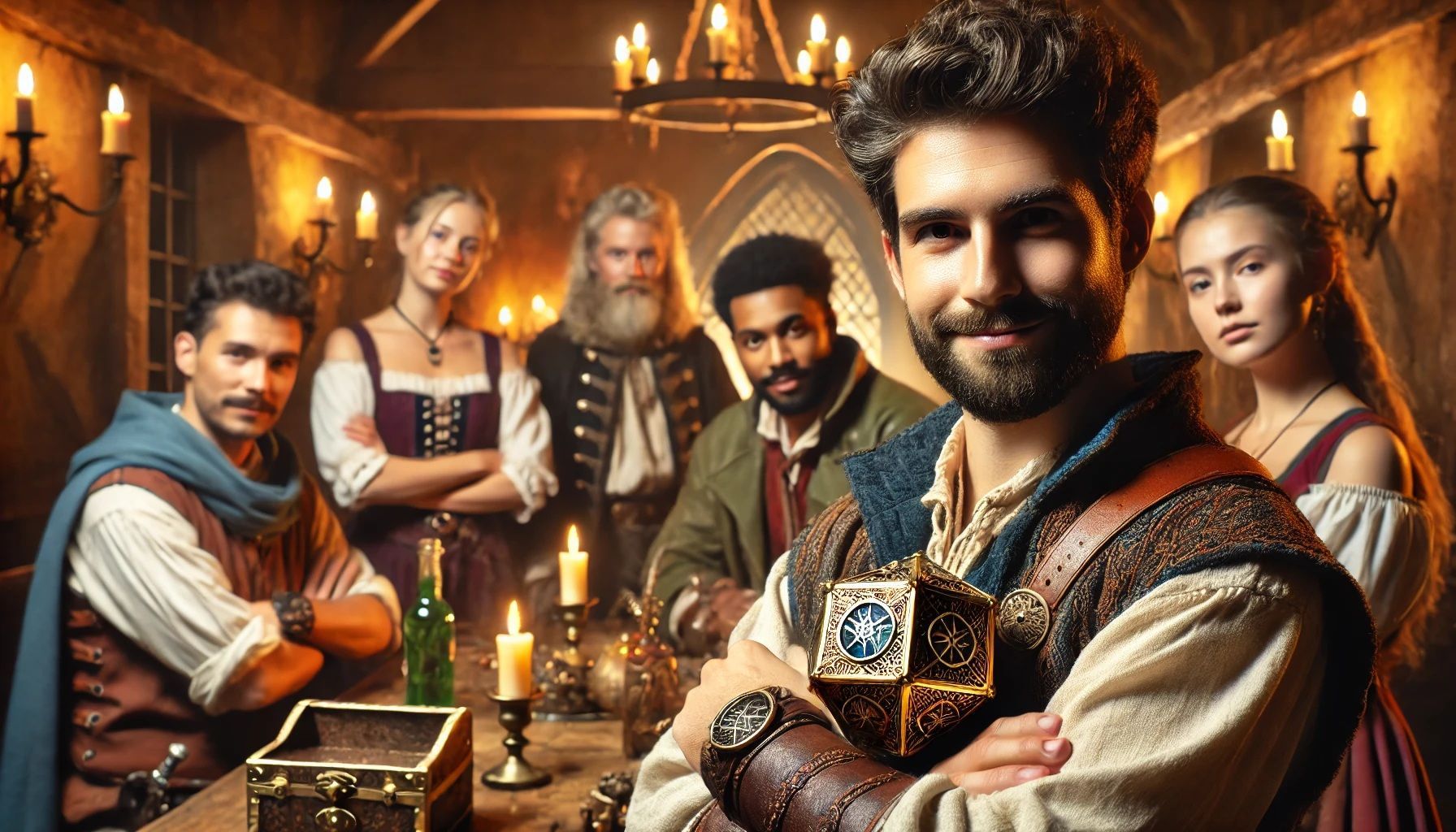Wrangling the Horde: Managing Large D&D Groups Without Losing Your Mind
For the horde!!!
(DM inspiration to any player who gets that reference and is the first to tell me!)
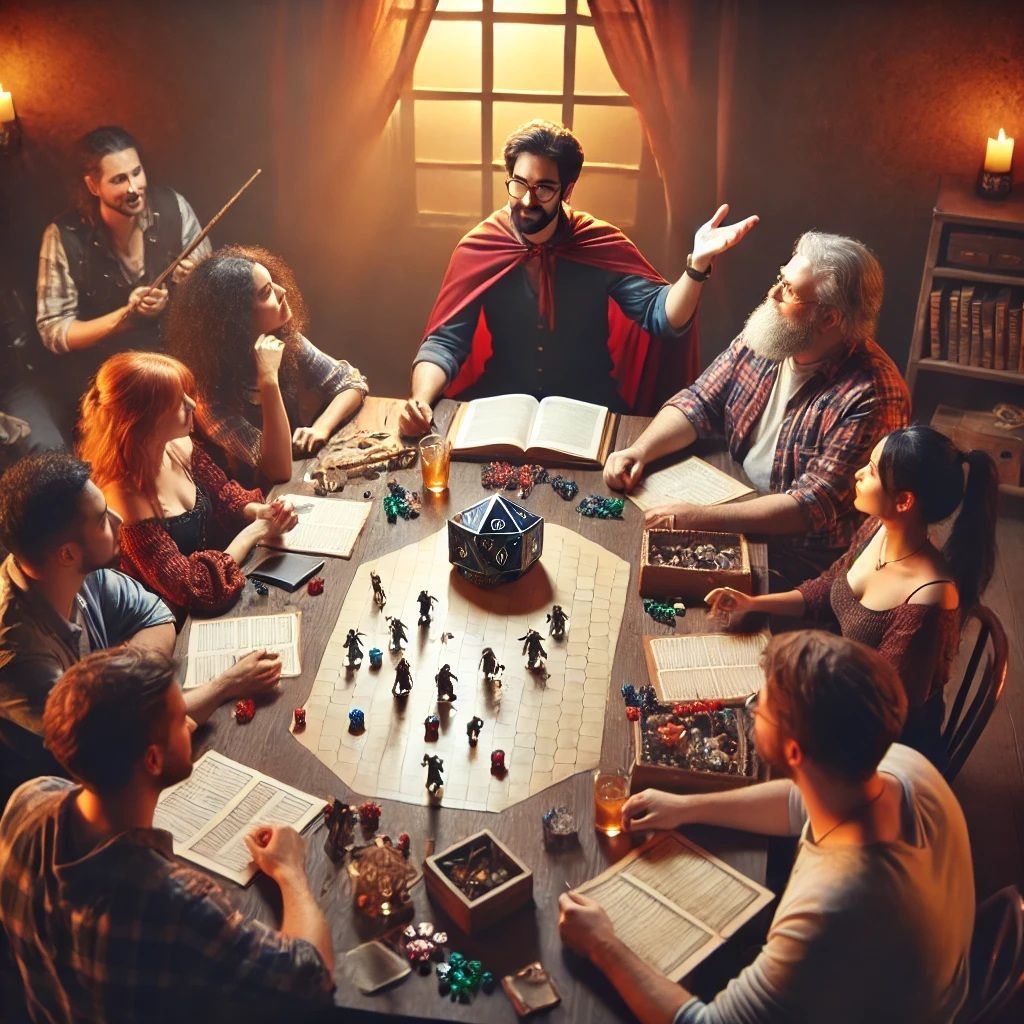
Dear Readers,
Running a Dungeons & Dragons game is an art, a performance, and a test of patience all rolled into one. But when you find yourself running for six, eight, or even ten players, the challenge increases exponentially. A large group can be an exciting, chaotic, and deeply rewarding experience—but it requires careful planning, discipline, and creativity to keep everyone engaged while maintaining the game’s momentum.
So, how do you keep your players from talking over each other? How do you ensure that everyone has a turn in the spotlight? And how do you prevent combat from dragging on into eternity? Today, we’re diving into techniques to help you manage large D&D groups effectively while keeping your sessions fun, fluid, and full of adventure.
1. Set Clear Expectations
Before you even begin running a large group, establish ground rules. Large sessions work best when everyone understands how things will be structured. Some key points to cover:
- Respect the Speaking Order – Encourage players to wait their turn and avoid side conversations that can derail the game.
- Be Prepared – Ask players to have their actions ready when their turn arrives, especially in combat.
- Pace Matters – Remind players that, with a larger group, shorter turns keep things moving.
By setting expectations early, you prevent common issues before they arise.
2. Use the Right Initiative System
Combat with eight or more players can quickly become a slog. Consider adjusting initiative to keep things moving:
- Grouped Initiative: Have players roll initiative and then act in groups (e.g., all players with high rolls go together, then the enemies, then the lower group).
- Side Initiative: One roll for the party versus one roll for enemies speeds up combat considerably.
- Popcorn Initiative: The acting player chooses who goes next, ensuring more engagement and strategic decisions.
Experiment with these options to find the right balance for your group.
3. Break the Party Up—But in a Smart Way
A big mistake some DMs make is running every moment with all players present. Instead, consider splitting the party into smaller teams within the game:
- Subgroups for Side Quests: If you need to run downtime activities, break the party into pairs or trios and resolve actions separately.
- Skill Challenges: Instead of one player rolling a skill check, make it a group effort where each player contributes in different ways.
- Simultaneous Scenes: If two different parts of the world are being explored, swap between them to keep players engaged.
These techniques allow players to stay involved even when they aren't the focus of a scene.
4. Speed Up Combat with Simple Tricks
Even with a well-managed initiative system, combat can drag. Use these tricks to keep the action fast-paced:
- Pre-roll Enemy Initiative: Before the session begins, roll initiatives for common enemies.
- Limit Decision Time: If a player takes too long to decide, gently remind them to act quickly.
- Use Average Damage: Instead of rolling for enemy damage, use average damage from the monster stat block to speed things up.
- Batch NPC Actions: Instead of rolling for each enemy separately, resolve actions in clusters.
These adjustments keep fights from slowing to a crawl while maintaining tactical depth.
5. Delegate Responsibilities to Players
When managing a large group, the DM shouldn’t do everything. Assign roles to players to keep the session organized:
- Initiative Tracker: One player keeps track of turn order.
- Rules Reference: A rules-savvy player can quickly look up mechanics.
- Lore Keeper: Another player can keep track of story details, NPCs, and locations.
- Quartermaster: One person manages party loot and inventory.
Delegation makes the game smoother while keeping players invested in more than just their turns.
6. Keep Roleplaying Focused and Inclusive
With many players, it's easy for quieter ones to get overshadowed. Encourage balanced roleplay with these techniques:
- Prompt the Quiet Players: Directly engage them with NPCs or challenges.
- Use Table Signals: A raised hand or a token can signal who wants to speak next, reducing chaos.
- Scene Wrapping: If a scene between two players starts dragging, gently transition to other characters to keep everyone involved.
This ensures that every player gets a moment to shine without forcing anyone into the spotlight.
7. Use Digital or Physical Tools
Managing a large group is easier with the right tools:
- Digital Tools: Use apps like Roll20, D&D Beyond, or Discord to track combat, rolls, and conditions.
- Physical Aids: Initiative tents, whiteboards, or even simple index cards help keep turn order visible.
- Shared Notes: Google Docs or Notion can be used for tracking campaign notes, character sheets, and session summaries.
Good tools mean less confusion and more streamlined gameplay.
8. Balance Encounters for Large Groups
Combat balance is different with eight players versus four. Keep these adjustments in mind:
- Use More Minions: More weaker enemies make battles dynamic without making them slow.
- Increase Encounter Complexity: Instead of boosting HP, add environmental hazards, secondary objectives, or multi-phase fights.
- Introduce Dynamic Goals: Instead of “kill everything,” give objectives like stopping a ritual, capturing an enemy, or solving a puzzle mid-fight.
Adjusting encounter design prevents fights from becoming grindfests.
9. Keep Sessions Structured Yet Flexible
Large groups thrive on clear session structure:
- Recap (5-10 minutes) – Review the last session’s events.
- Roleplay & Exploration (60-90 minutes) – Advance the story while allowing roleplay moments.
- Combat or Challenge (60 minutes) – Keep one major action set-piece per session.
- Wrap-Up & Questions (10-15 minutes) – Summarize progress and highlight future hooks.
This loose structure provides guidance while remaining adaptable.
10. Know When to Say No
Finally, as a DM, don’t be afraid to set limits. If a group is too large and unmanageable, consider:
- Capping the Player Count: Sometimes, fewer players mean a better game.
- Rotating Players: Allow different people to play on different weeks.
- Splitting into Two Groups: If necessary, run two smaller games instead of one big one.
Your enjoyment as a DM matters, too—don’t let burnout creep in.
Final Thoughts
Running large D&D groups is a unique challenge, but with the right techniques, it can be an incredibly rewarding experience. Keep the game moving, give every player a chance to shine, and use tools to streamline organization. Most importantly, communicate with your players—because a well-run game is a group effort.
Until next time, Dear Readers...















